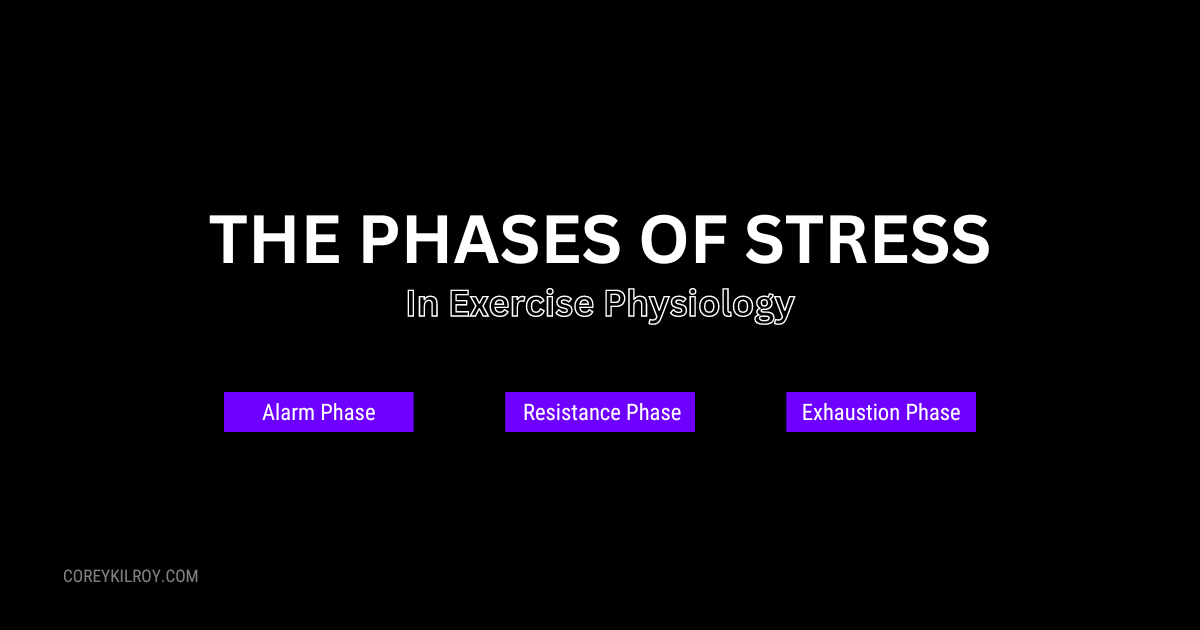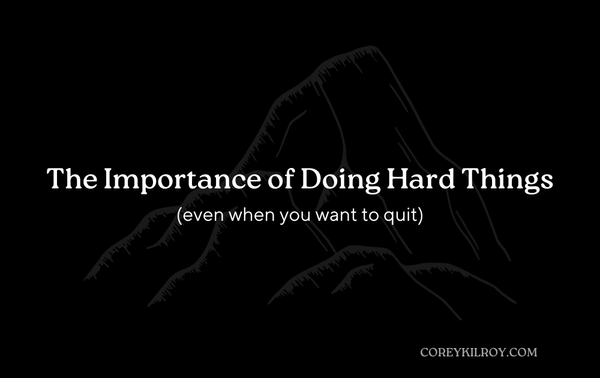How Stress Impacts Our Training.

Previously we’ve talked about the mechanism of the General Adaptation Syndrome during training and how stress plays a vital role in our body’s adaptation.
But what really is stress when it comes to training?
The goal of this essay is to dive deeper into the world of stress as it pertains to exercise and training.
Stress is everywhere and everyone experiences it.
But today we're not talking about the stress from studying or being in traffic.
For the sake of brevity, in this essay, we’re going to focus on exercise as a stressor to the body while training.
A stressor is anything that causes stress or elicits the stress response.
Stress will disrupt homeostasis and this leads to an adaptive response.
Homeostasis is defined as the ability of the body to maintain a stable internal environment for cells by closely regulating various critical variables such as pH, acid-base balance, oxygen tension, blood glucose concentration, and body temperature.
The body’s response to a single bout of exercise is regulated by the principles of homeostasis.
When it specifically comes to exercise, when our muscles contract, this disturbs homeostasis, resulting in our body’s various responses in order to adapt and return to baseline.
Simply put, stress is incredibly important when it comes to training. We want to make our body uncomfortable and induce calculated stress on it so it’s forced to adapt and improve over time.
What are some other examples of stress?
To name a few:
- Exercise
- Food deprivation
- Hypo- or hyperthermia
- Psychological challenges
- Social challenges
- Environmental factors
- Etc.
Additionally, there are 3 main phases of stress:
- Acute phase – homeostatic adjustment (alarm reaction)
- Resistance (Chronic) phase – stressors accommodated by adaptations (stage of resistance)
- Exhaustion phase – maladaptations occur (state of exhaustion)
You may be familiar with the GAS principle, as previously discussed in a previous essay:
These 3 Stages of Stress are incorporated seamlessly with this GAS principle:
Stage 1: Acute Phase
This is the body's acute response to training, aka how the body responds to one bout of exercise.
Physiological, neuromuscular, and metabolic changes occur for the duration of the bout of exercise and are in proportion to the increase in metabolic rate.
Metabolic rate = "metabolism per unit time especially as estimated by food consumption, energy released as heat, or oxygen used in metabolic processes"
Changes to the body in this phase of stress are only for a short period of time.
Stage 2: Resistance Phase
This phase occurs when exercise bouts are repeated regularly. When this happens, longer-term changes occur.
This phase of stress is what we should be repeatedly aiming for with training.
During this phase, training-induced adaptations occur and this is associated with improvement in performance during exercise.
The nature of these training adaptations is, of course, dependent on the type of exercise being done.
This may involve endurance training or strength training, yet this phase still produces physiological adaptations to the athlete’s body.
An example of these adaptations in a trained person may include:
- Being able to generate more muscle power when exercising
- Having an increased capacity to resist fatigue
- Having more refined motor coordination and skills to perform specific tasks (i.e. kicking a soccer ball or hitting a baseball more efficiently).
Recovery plays a vital role in this phase of training.
Recovery is defined as "the set of processes resulting in an athlete's renewed ability to meet or exceed previous performance levels"
When we are training during this Resistance Phase, our goal is to train our body as efficiently as possible, without pushing past our limits.
When we train, we must properly recover to allow our bodies to make these welcomed adaptations and prepare for the next bout of exercise or competition.
This recovery period is essential, otherwise, we risk negative consequences that are never welcomed.
A recovery period is defined as “the time necessary for the various physiological parameters that were altered by exercise to return to resting values".
This recovery should occur after each & every training session.
This period of recovery is dependent on the amount and intensity of the prior training session, however.
If we had a long run or a high-volume leg day in the gym, then our recovery period would be much greater than if we had a day of walking or just an “arm day” in the gym.
The greater the intensity or bout of exercise, the more recovery is required to recoup.
Stage 3: Exhaustion Phase
This is the phase of stress that we should aim to avoid.
This phase happens when inadequate recovery takes place, leading to negative adaptations to our body after training.
This can also be known as overtraining when our body is exposed to too much stress at once.
This can result in
- Increased fatigue
- Impaired muscle function
- Increased risk of injury & illness
- Increased risk of cognitive and mood disturbances
Management of overtraining in competitive athletes is incredibly necessary since there is often a conflict with wanting to continuously train and improve performance, but insufficient recovery periods between training sessions.
In the end…
Our training always revolves around some form of calculated stress.
It’s up to us (or our coach) to properly plan this stress and recovery for optimal gains in performance.
Our goal is to stay within the Acute and Resistance Phase of stressors, which allows our body to adapt and create new performance baselines.
Good luck & Keep Pluggin’.
🙇🏻♂️🌱 Until Next Time, C.



